If you follow Cities-4-People, you may know that we have entered the prototyping phase, during which the pilot areas work on a prototype for each of the three selected concepts, for a total of fifteen prototypes. The prototypes will bridge the concepts to the actual piloting phase, when things will get (even more) real and we will test and measure how the interventions affect the place and mobility in and around it.
What has happened in the Barton community in this regard?
Concessionary passes
In order to address the lack of interconnectivity in Barton, a new demand-responsive transport (DRT) service was launched some months ago. However, we soon realised that people with a concessionary pass were not aware they could use their pass for the DRT service. More broadly, we understood that people should be provided with more comprehensive information about active travel and longer distance public transport options. During dedicated working groups with the community, we have developed an info packet containing the most relevant information regarding the concessionary pass and devised some ways to implement a larger campaign to raise awareness about transportation options. In the upcoming weeks, we will work on additional sections of the info packet together with community members who are vested in a particular area.
SuperTrans – partnering with supermarkets to provide transport
Since Barton is considered a food desert (a place lacking supermarkets and food shops), one of the concepts was to provide transportation to supermarkets – but how to shape the service? A dedicated meeting was organised to specify the features of SuperTrans (when it will run, how many times, which is the business case for supermarkets to take this on in the future, how it can be marketed and promoted). After the more theoretical meeting, a trial run was done, involving three main target groups: younger parents looking for a quick trip of about one hour; older people who may benefit of a longer trip (3-4 hours) combined with an outing to a café to address loneliness; and people with health conditions due to their diet who would be accompanied by a nutrition expert. Whereas it was possible to identify a suitable time, the definition of the costs was harder, especially because they depend on the type of transportation means used (for instance, a minibus vs. a bigger bus). The location was also difficult to select, especially in the case of working parents. In the next weeks, attention will be paid to meeting the needs of parents with young children (for example, by buying some booster seats to make the bus safer) and to working on the assumptions our team had on the user-journey experience.
Face-2-face training
The third concept consisted in delivering ad-hoc trainings to tackle Barton residents’ lack of familiarity with digital booking and journey planning systems. A proposal for a training programme was discussed with the possible users and adapted on the basis of their feedback. Instead of having a programme suited for people with smart phone and basic knowledge of how to use it, the training will be built in such a way that they can include everyone regardless of their previous digital knowledge. More specifically, people who do not feel comfortable in using the mobile will have the chance to attend a pre-session to become familiar with the technology. The training will focus on three apps, namely PickMeUp (a DRT service provider that can be booked online), Stagecoach (a bus company journey planning and booking app with live times) and Zipp.To (a multi-modal journey planner built by a company in Oxford and using OpenStreetMaps; it reminds of Google Maps, but journeys can be adjusted even more multi-modally). The next weeks will be used to work on materials to ensure knowledge transfer and organise a trial with a limited number of residents to make sure nothing is missing.

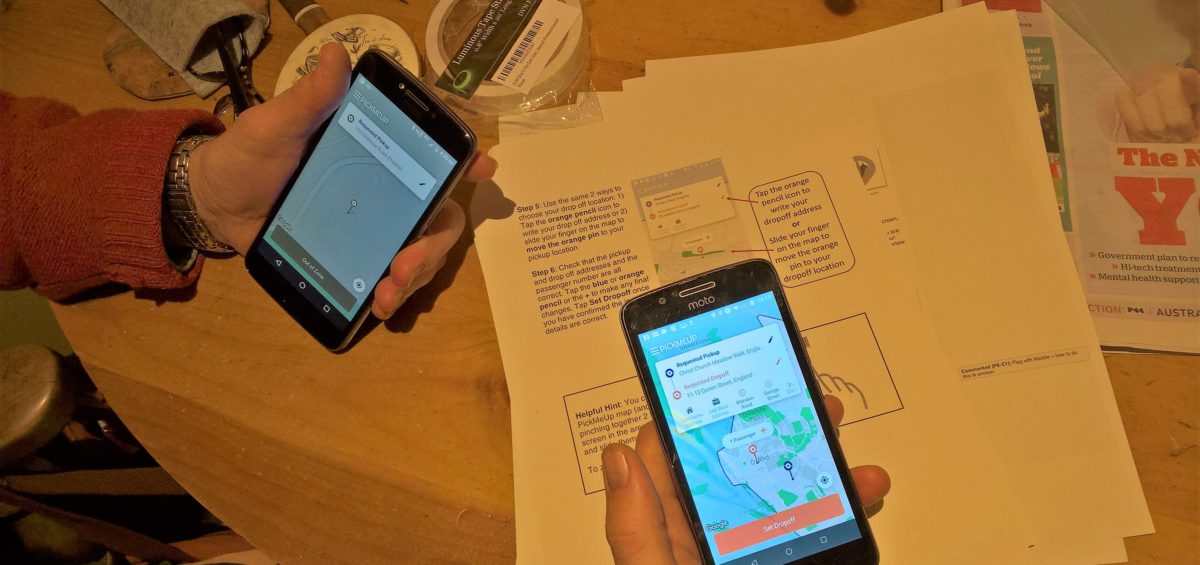





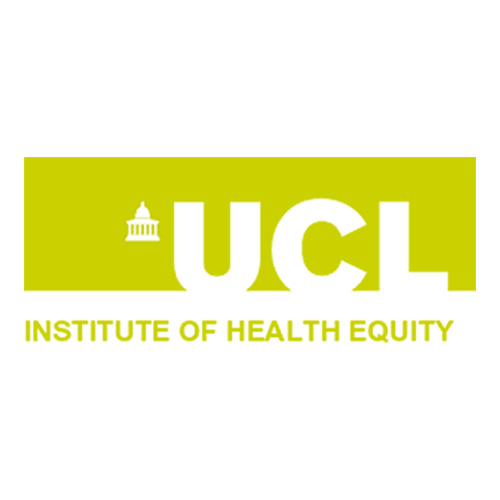


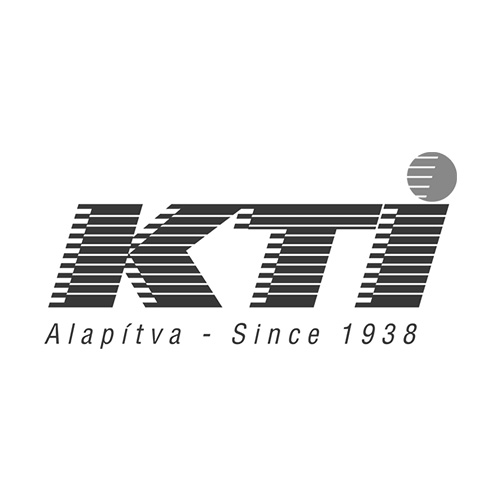
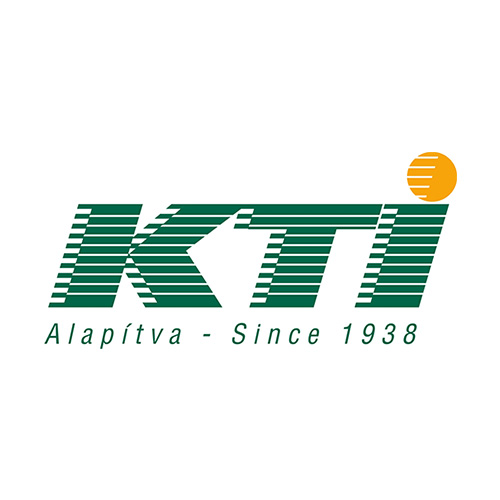
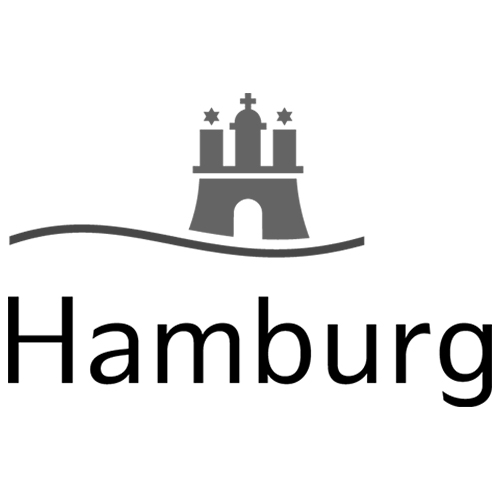
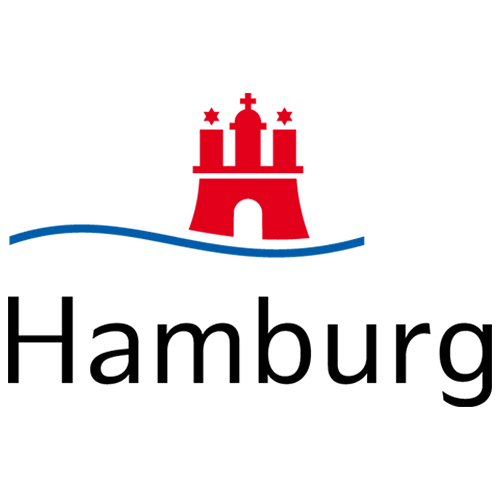
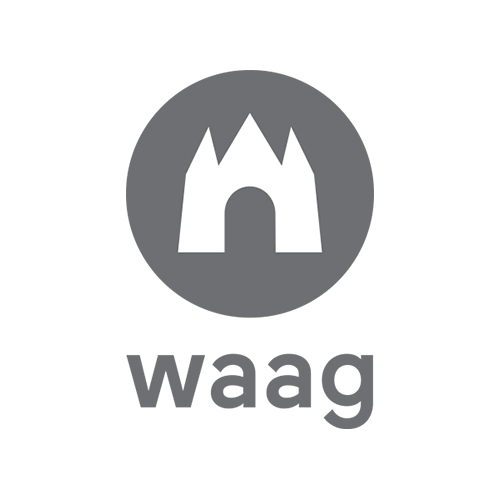

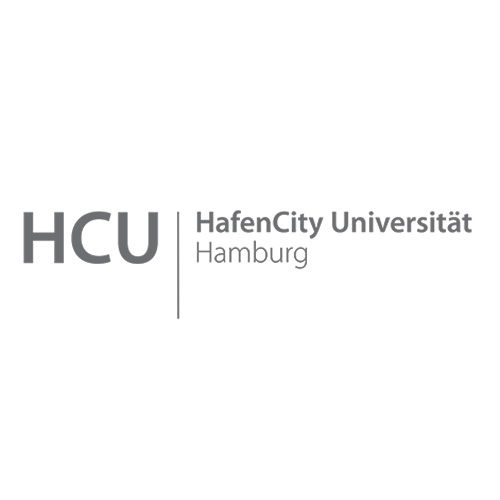
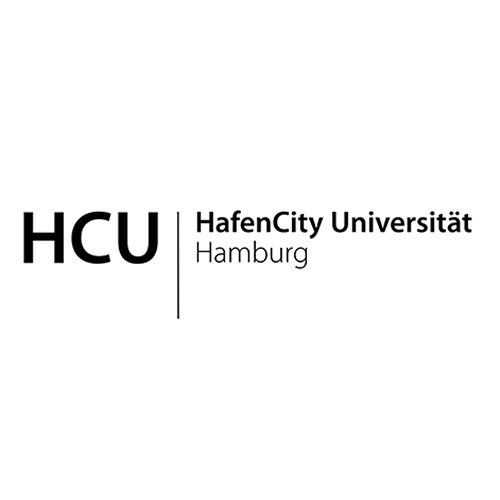

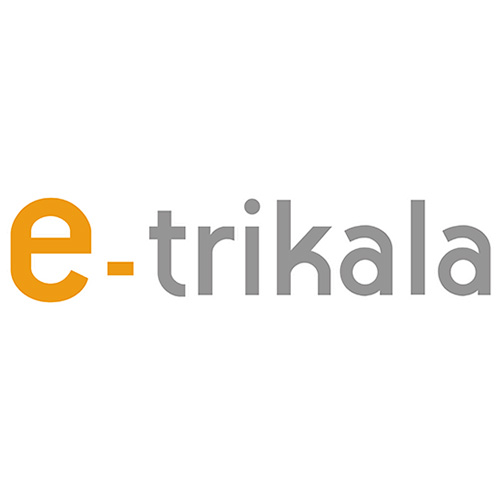








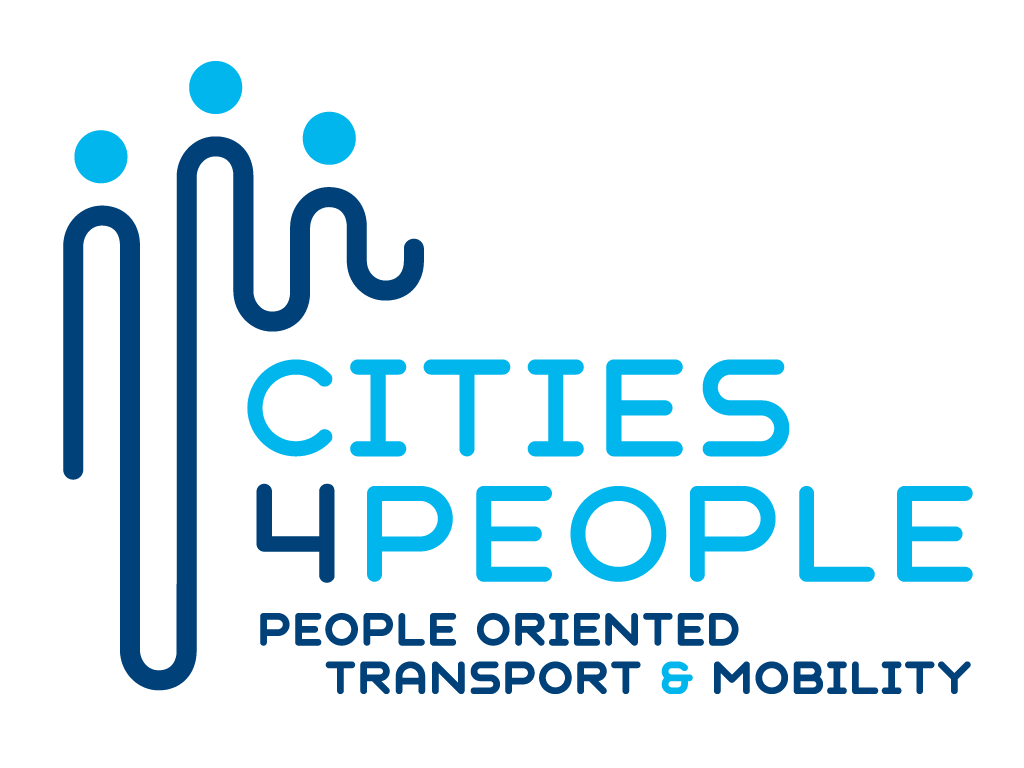
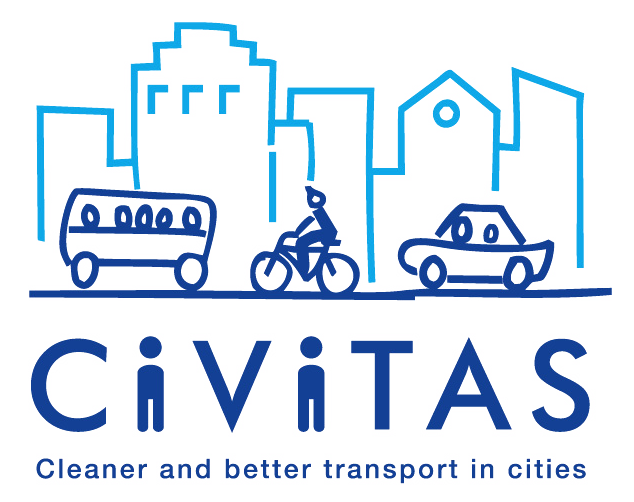


 Magyar
Magyar Ελληνικά
Ελληνικά Deutsch
Deutsch Turkish
Turkish